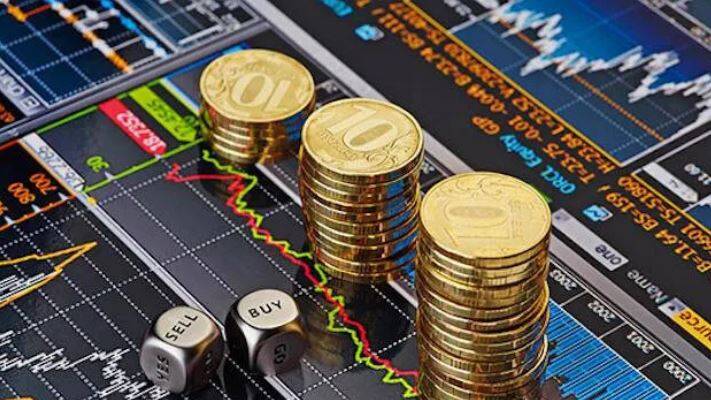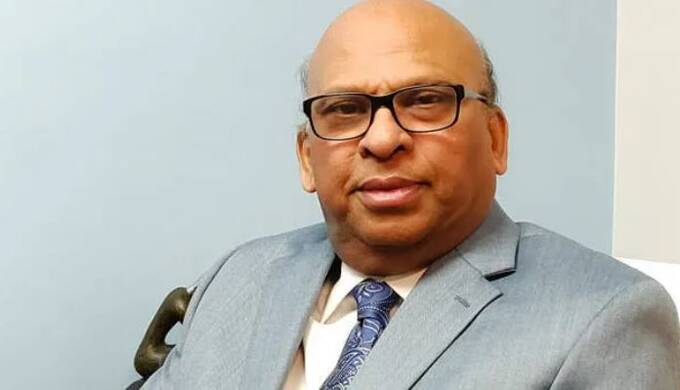

India's surge in foreign exchange reserves indicates the nation's ascension to become a major economic power in the world. In 2024, India has reached the fourth position in the world in terms of foreign exchange reserves, behind only China, Japan, and Switzerland. During the economic crisis of 1991, India's foreign exchange reserves were a mere 5.8 billion dollars. At that time, India even had to airlift 55 tons of its gold reserves to the Bank of England as collateral to repay foreign debt. This was during a phase when the country had no other choice, with only enough reserves to cover three weeks' worth of imports. The government, led by Prime Minister Chandra Shekhar and Finance Minister Yashwant Sinha, had to take drastic steps to address the crisis.
When the Narasimha Rao government came into power, it implemented economic liberalization policies proposed by Finance Minister Manmohan Singh to revive the economy. While liberalization helped stimulate the economy, it is after 2014 India witnessed significant growth in the economic sector. By 2024, India’s foreign exchange reserves reached a record 704 billion dollars (58 lakh crore rupees), an increase of 62 billion dollars from the previous year. Economic experts estimate that by 2026, India’s reserves will grow to 745 billion dollars. Additionally, the Reserve Bank of India (RBI) has seen a significant increase in its gold reserves, now standing at 65.7 billion dollars.
Since Shaktikanta Das took over as the Governor of the RBI, India’s foreign exchange reserves have grown by 298 billion dollars. This achievement is noteworthy, especially considering the global economic uncertainties. Russia, which earlier had more reserves than India, now has only 590 billion dollars, while Pakistan has a mere 10.7 billion dollars, which includes a 1.02-billion-dollar bailout package from the International Monetary Fund (IMF).
A strong foreign exchange reserve is the foundation of a country’s economic security. It helps prevent the devaluation of a country’s currency, maintains stability, balances import-export, and controls inflation. Currently, India’s reserves are enough to cover a year’s worth of import requirements, meaning that the country could withstand any economic crisis for at least a year. India’s progress in the economic sphere stands as evidence that with stable governance and visionary leadership, growth and development can be achieved across all sectors.

(The writer is former president of FOKANA and founder president of NAMAM (USA).)